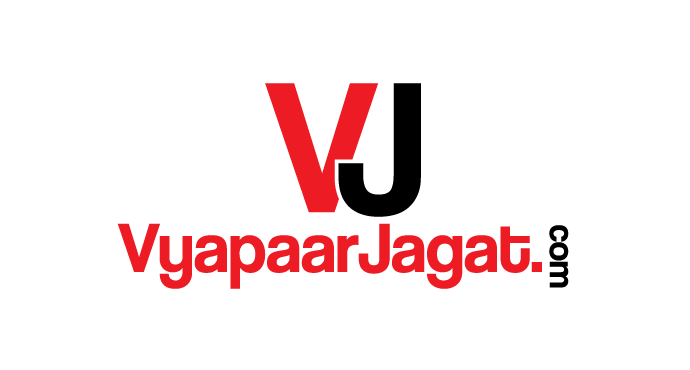Facebook is in decline, and Twitter is in chaos. Mark Zuckerberg’s empire has lost hundreds of billions of dollars in value and laid off 11,000 people, with its ad business under threat as Elon Musk’s takeover of Twitter has spurred advertisers to spend and consumers to shun the platform. It didn’t seem more conceivable that the age of social media would likely and quickly end.
Now that we have washed ashore on this sudden, we will look back with shining eyes on the wreck that left us here. Perhaps we will find some relief: social media has by no means become a herbal way of working, playing, and socializing, even if it has become 2nd nature. This exercise was developed through unusual changes, which were so subtle that it was difficult to detect what was happening at that moment.
The shift began in the past two decades when networked computer systems became ubiquitous enough that humans began using them to build and control relationships. He had his problems with social networking – gathering friends instead of, well, being pleasant with them, for example – though they were tame compared to what he was with. Slowly and without fanfare, social media took its place.
The possible collapse of Facebook and Twitter is an opportunity—no longer to go to a few similar platforms, but to include their destruction, which is previously unthinkable. Long in the past, many social networks walked the earth.
Released in 1997, Six Degrees, named after the Pulitzer-nominated play, quickly closed after the dot-com crash of 2000 – the field was not yet ready. Friendster rose from its ashes in 2002, followed by MySpace and LinkedIn in the following 12 months, then Hi5 and Facebook in 2004, and Bebo was released in 2005; Ultimately each owns AOL and Amazon.
LinkedIn promises to enable enterprise networking and activity viewing by traversing the connections of your connections. Friendster did this for private relationships, Facebook for university mates, etc. The whole concept of social networks has changed to networking: building or deepening relationships, not with human beings you know. How and why that depth changed is largely left to consumers to determine. Between the advent of the cellphone and the release of Instagram in 2009, social networking has changed as social media has changed.
Instead of connections—rather than building latent relationships with people and corporations we often cannot ignore—social media have provided structures through which humans must post content material as widely as possible, effectively passing through their networks of immediate contacts. Social media became you, me, and everyone and became broadcasters. The results were disastrous but also clearly enjoyable, now not very profitable – a disastrous combination to say the least. The phrases social community and social media are now used interchangeably, although they shouldn’t be. A social community is a passive, passive system—a Rolodex of contacts, a pocketbook of income goals, a yearbook of possible soul mates. But social media is active.
Twitter, which was released in 2006, became the likely primary official social-media webpage, although no one mentioned it at the time. Rather than specializing in connecting people, web pages are more like a giant, asynchronous chat room for the world. Twitter has become a place to talk to everyone—that’s probably one of the reasons journalists turn to it. Sure, weblogs should technically be checked out by anyone with an internet browser, although in practice it becomes difficult to find readers. This is why blogs are primarily social networks, governed by mechanisms with blogrolls and linkbacks. But on Twitter, something someone publishes can be seen instantly by everyone else.


